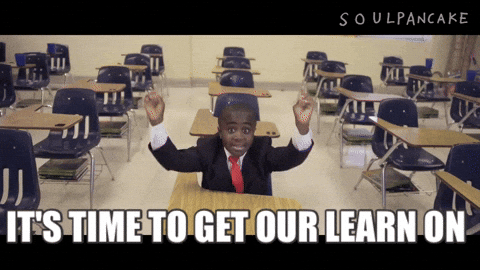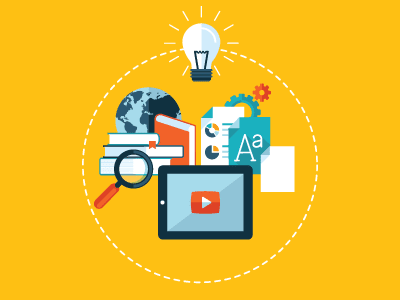Fake News? Fake Who? Digital Literacy in the Classroom
Digital literacy, we all think we have it but do we really?
Would you be able to pick out a fake account on social media? or a real one vs. a fake one?
Many of us would think yes, however with technology becoming more advance so are the chances of friending a fake account or believing fake news. Deciphering between real and fake is becoming a much harder concept to follow when it comes to technology. But why you may ask is fake news becoming so prevalent in todays society and for that I turn to Katia and Alec who say, “one of the major changes is the prevalence of easily accessible digital tools that allow anyone to create realistic but false messages, videos, and voice recordings”. You heard that right folks, all of these truth altering tools readily available to create fake news at the touch of a button. Talk about SCARY!

The best way to combat the ever changing world of scammers, fakers, cat-fishers and fake news is to educate. I believe this is most effective when done at a young age, however it is never hurtful to educate students in digital literacy at any age. The more literacy one has the better they will understand as the digital world becomes more constant in their lives. The area or grade I would start teaching digital literacy would be around Kindergarten and grade 1 because “media literacy experts stress that children should begin acquiring these questioning skills long before they are old enough to use social media. Even in the early years, they can begin to question the messages in signs and TV commercials”(Jacobson, 2017).

Digital Literacy and the Curriculum
I found it important to connect digital literacy with the curriculum. Most importantly in the early years of school. Particularly in Kindergarten. I chose to focus on the subject English Language Arts.
Outcome: CRK.2. Indicator(s): a & b. The Smell Test offers a great way of introducing the topic in a classroom of young students. Start the lesson off by using words these students are familiar with. Real and Fake. Then read them a story. As a class discuss if the story was real or fake/imaginary. Have them use key ideas from the story to identify the purpose. You can also have them construct and confirm the meaning before, during and after the story. Through this “students [can] learn that delivering inaccurate information is dangerous. It’s not enough to be connected; we need to be accurate in our knowledge through these connections” (Heverin, 2015).
One danger that comes from teaching digital literacy to young learners that teachers will want to avoid is the students “decid[ing] they can’t trust anything“. To do this we must continue to teach what is real and what is fake. with the support of resources and parent involvement students will be able to gain digital literacy which will benefit them far into the future. Fight Fake News with Critical Thinking reminds us “as teachers, we can only do the best we can do to present the truth as we know it, admitting too students that we are inherently prone to errors and bias”.
